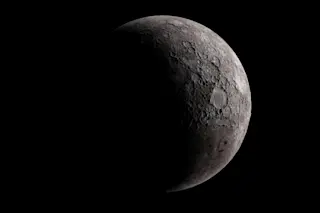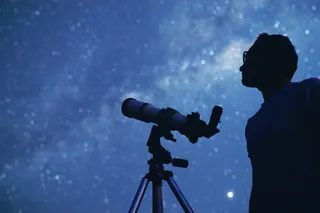Humanity has long been captivated by the dark side of the moon, known for its mystery and opportunities for discovery. For decades, though, the moon’s darkest and most distant regions were thought to be unreachable.
But in August 2023, the Indian Space Research Organization (ISRO) launched the Chandrayaan-3 mission, which became the first spacecraft to land near the moon’s south pole.
Outfitted with groundbreaking temperature detection and chemical analysis technology, Chandrayaan-3 collected the first ever on-the-ground observations of the southernmost lunar surface. Its findings revealed that, amid the darkness of the moon’s poles, there exists the possibility of human survival on the moon, propelling forward human interest in establishing a habitable lunar colony.
Ever since Apollo 11 brought the first astronauts to the moon in 1969, most lunar landings have centered around the moon’s equator. But the moon’s North and South poles have long fascinated experts, mainly because they’re some ...














